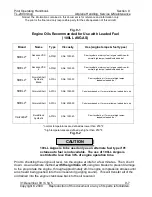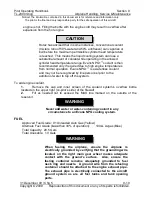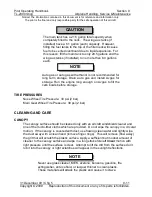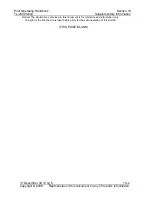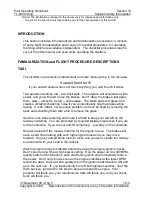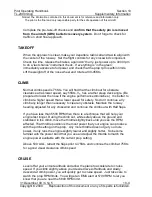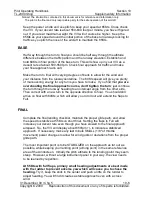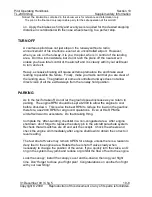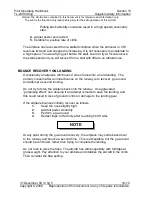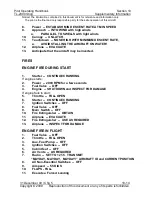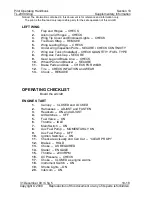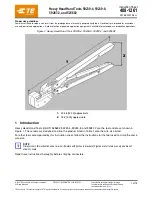
Pilot Operating Handbook
Section 10
TL-2000
Sting
Supplementary Information
Notice! The information contained in this document is for reference and information only.
The pilot is the final and only responsible party for the safe operation of this aircraft.
31 December 09 / Chg 5
10-9
Copyright © 2009 Reproduction of this document or any of its parts is forbidden.
AIR MANUVERS
STALL RECOVERY
The primary indication of a stall in a Sting is a BURBLE and vibration of the
airframe caused as the air begins to separate from the wing surface. The nose
will lower but not excessively. Break the stall by slightly lowering the nose and
immediately apply full power.
Without the cabin surrounding structure found in other aircraft, where you only
see out a small window gives you a sense of ‘enclosure’. A large canopy with an
unobstructed view of the earth at large degrees of bank can be dramatic until
you are accustomed to and enjoy the view.
If the aircraft is slightly yawed, not aligned with the direction of travel, (ball not
centered) one wing may stall and the other will continue to produce lift. The
result can be a roll into the stalled wing that is initially disturbing to new pilots
because the large canopy gives you no sense of ‘enclosure’.
Do not attempt to ‘pick-up’ the low wing with the ailerons. That only adds to the
adverse yaw already on the aircraft. Allow the nose to fall, (remember you are
practicing a stall), regain airspeed and recover from the stall as well as the low
wing condition at a gentle pace.
If a stall is encountered proceed as follows:
1.
Lower the nose to break the stall. (It is not necessary to place the
airplane in a dive to break the stall.)
If the aircraft is not in coordinated flight, rudder and ball centered,
one wing may stall prior to the other. This condition will result in a
rotation resembling a spin entry but is the result of the remaining lift
on the un-stalled wing tilting (rotating) the aircraft abruptly. Do not
attempt to level the wings with the ailerons. Allow the nose to
descend and recover from the resulting dive.
2.
Advance throttle to full power.
3.
Steadily reapply back pressure on the flight stick.
When recovering from an extreme nose-low attitude, do not over-
stress the airframe by pulling back abruptly on the flight stick.
CAUTION
CAUTION

